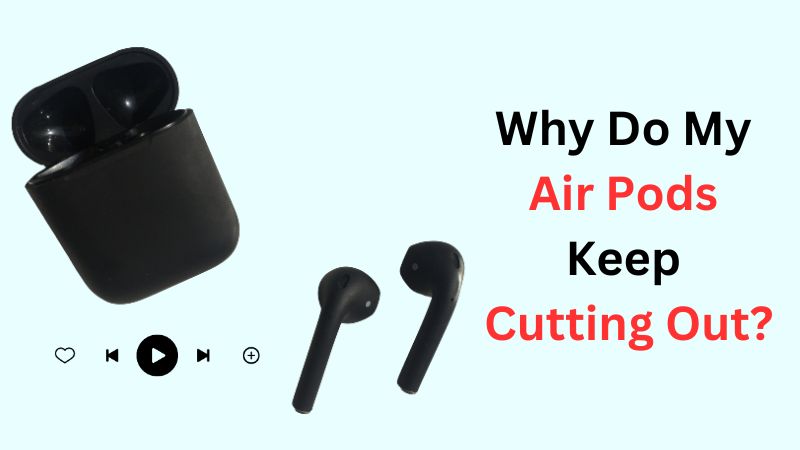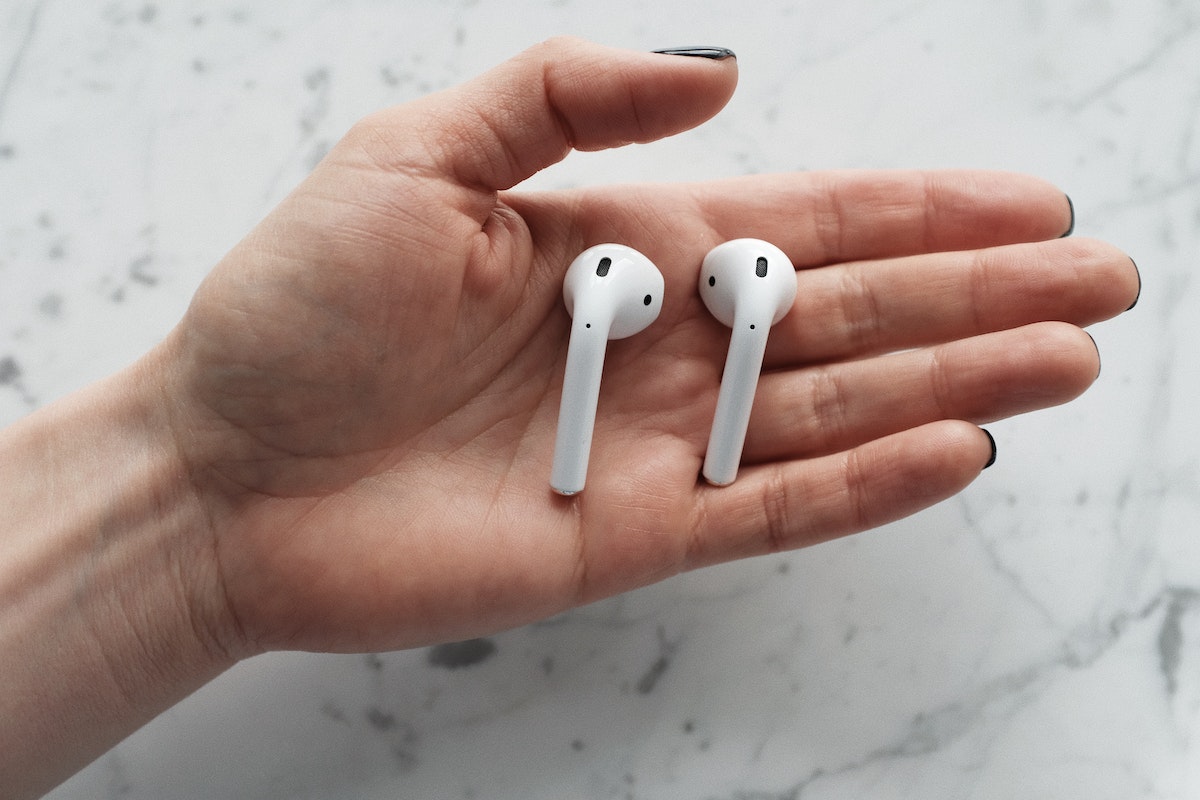Accidentally dropping your AirPods into water can be a nerve-wracking experience. But fear not! We’ve got you covered on what to do if you drop your AirPod in water. Whether it’s a sink, bathtub, or even a pool mishap, there are steps you can take to potentially salvage your precious earbuds. So, let’s dive right in and explore the best course of action in such a soggy situation. From quick reactions to effective drying methods, we’ll guide you through the process of saving your AirPods from water damage. Let’s get started!
Table of Contents
- 1 What to Do If You Drop Your AirPod in Water
- 2 Frequently Asked Questions
- 2.1 How should I respond if I accidentally drop my AirPods in water?
- 2.2 Can I use my wet AirPods right after retrieving them from water?
- 2.3 What is the best way to dry my wet AirPods?
- 2.4 Should I use a hairdryer or any other external heat source to dry my wet AirPods?
- 2.5 What should I do if my AirPods continue to malfunction after drying them?
- 2.6 Are there any preventive measures to avoid dropping my AirPods in water?
- 3 Final Thoughts
What to Do If You Drop Your AirPod in Water
Accidents happen, and dropping your AirPods in water can be a heart-stopping moment. Water damage can potentially ruin your expensive Apple AirPods, but don’t panic just yet! In this comprehensive guide, we’ll walk you through the steps to take if you find yourself in this unfortunate situation. By following these instructions, you might be able to salvage your AirPods and get them working again.
1. Act Quickly
Time is critical when it comes to water damage. Acting fast can significantly increase your chances of saving your AirPods. As soon as you retrieve them from the water, remove them from the case, and set them on a clean, dry surface. Remember not to connect or use them until they’re completely dry to prevent any potential short circuits.
2. Disconnect and Power Off
To prevent any electrical current from flowing through your AirPods, disconnect them from any connected devices immediately. Power them off by holding the button on the back of the charging case until the LED light turns off. This step will help minimize the risk of further damage.
3. Wipe off Excess Water
Using a soft, lint-free cloth, gently wipe off any visible water from the AirPods and the charging case. Be careful not to push water into the charging ports or speaker grilles. Avoid using any heat sources, such as hairdryers, as they can potentially damage the internal components.
4. Dry the AirPods and Charging Case
After wiping off the excess water, it’s crucial to dry both the AirPods and the charging case thoroughly. Here are a few methods you can try:
a. Air Drying
Place your AirPods and the open charging case in a well-ventilated area at room temperature. This allows the water to evaporate naturally. Make sure to leave them undisturbed for at least 48 hours to ensure proper drying.
b. Desiccant Packs or Rice
Alternatively, you can place your AirPods and the open charging case in a sealed container along with desiccant packs or uncooked rice. These absorb moisture from the air and can help expedite the drying process. Leave them sealed for at least 48 hours.
c. Silica Gel Packets
If you have silica gel packets, commonly found in the packaging of electronic devices or new shoes, place your AirPods and the charging case in a sealed container with a few packets. Silica gel is a highly effective moisture absorber and can help dry your AirPods faster.
5. Check for Water Residue
Once you’ve allowed sufficient drying time, carefully inspect the AirPods and charging case for any signs of water residue. Look for water droplets or moisture in the charging ports, speaker grilles, or any visible damage to the components. If you spot any residue, gently wipe it away with a soft, lint-free cloth.
6. Test Your AirPods
Now that your AirPods are clean and dry, it’s time to check if they’re still functional. Place them back in the charging case, close the lid, and give them a few minutes to charge. After charging, open the lid and check for a solid white LED light on the front of the case. If the light turns on, it indicates that your AirPods are charging and potentially working fine.
a. Test Sound Quality
To ensure the water damage hasn’t affected the sound quality, connect your AirPods to your device and play some music or a podcast. Pay close attention to any unusual crackling or distorted audio. If everything sounds normal, your AirPods have successfully survived the water incident.
b. Test Sensors and Controls
Test all the sensors, including the proximity sensor, touch controls, and microphone, to ensure they’re functioning correctly. Make a phone call or try using voice commands to ensure the microphone picks up your voice accurately.
c. Check Battery Life
Monitor the battery life of your AirPods to ensure they’re holding a charge as expected. If you notice a significant decrease in battery life or any other issues, it may be worth contacting Apple Support for further assistance.
7. Prevent Future Incidents
To avoid the stress and hassle of dealing with water damage in the future, consider implementing the following preventive measures:
a. Water-Resistant Accessories
Invest in water-resistant accessories such as protective cases or covers for your AirPods. These can provide an extra layer of defense against accidental water exposure.
b. Be Mindful of Surroundings
Pay attention to your surroundings and avoid using your AirPods in situations where water damage is likely. Keep them away from pools, sinks, and bodies of water. Additionally, be cautious during workouts or outdoor activities where sweat or rain can potentially damage your AirPods.
c. Regularly Clean and Inspect
Clean your AirPods and charging case regularly to prevent dirt, grime, or other substances from affecting their performance. Use a soft, lint-free cloth and avoid using liquids or harsh cleaning agents.
Remember, prevention is always better than a cure when it comes to protecting your valuable AirPods.
In conclusion, dropping your AirPods in water can be a nerve-wracking experience, but with prompt action and proper drying techniques, there’s a good chance you can salvage them. Act quickly, disconnect and power off, wipe off excess water, dry thoroughly, and test your AirPods to ensure they’re still functional. By following these steps and implementing preventive measures, you can minimize the risk of water damage and enjoy your AirPods for years to come.
How to Remove Water from AirPods 2 & AirPods 3
Frequently Asked Questions
How should I respond if I accidentally drop my AirPods in water?
Quickly follow these steps to increase the chances of saving your water-damaged AirPods:
Can I use my wet AirPods right after retrieving them from water?
No, it’s crucial to avoid using your AirPods immediately after retrieving them from water. Make sure to dry them thoroughly before attempting to use them again.
What is the best way to dry my wet AirPods?
You can gently wipe your wet AirPods using a soft, lint-free cloth and ensure to remove any excess water from the surfaces. To dry out the internal components, leave your AirPods in a dry and warm location for at least 24-48 hours.
Should I use a hairdryer or any other external heat source to dry my wet AirPods?
No, it is not recommended to use a hairdryer or any other external heat source to dry your wet AirPods. Exposing them to excessive heat may cause damage to the internal components.
What should I do if my AirPods continue to malfunction after drying them?
If your AirPods continue to experience issues after drying, it is advisable to contact Apple Support or visit an authorized service provider to assess the damage and explore repair options.
Are there any preventive measures to avoid dropping my AirPods in water?
To avoid accidents, it’s a good idea to be mindful while wearing your AirPods near water sources. Additionally, consider investing in a protective case or using a secure attachment to reduce the likelihood of accidental drops.
Final Thoughts
If you accidentally drop your AirPods in water, don’t panic. Acting quickly can help minimize damage and improve the chances of recovery. The first step is to remove the AirPods from the water immediately to prevent further exposure. Wipe them dry with a soft cloth or tissue and try shaking out any excess water. Avoid using heat or a hairdryer, as this can damage the delicate components. Instead, place the AirPods in a dry location and allow them to air dry for at least 24 hours. Afterward, test them to see if they are working properly. If not, contact Apple Support for further assistance. Remember, the key is to act swiftly and refrain from using any heat sources.


